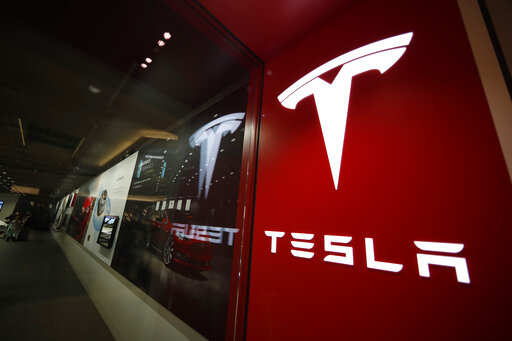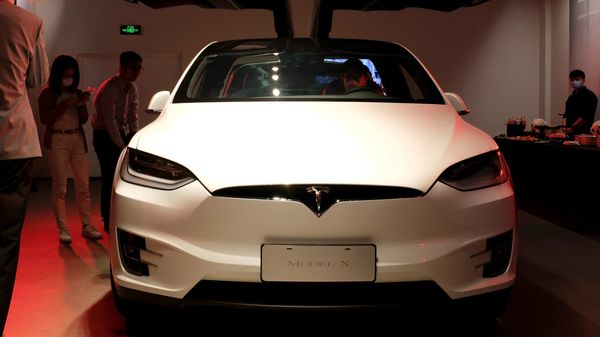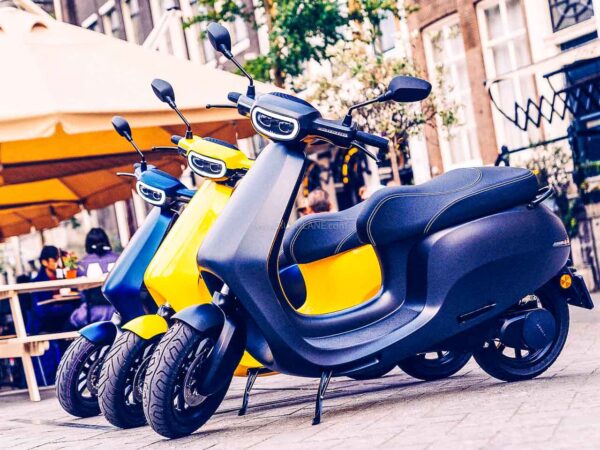The West Midlands, south Wales and the north-east of England are among the regions vying to host the UK’s first “gigafactory” making electric car batteries, as the government edges towards a commitment to the key technology.
The UK has said it will spend as much as £1bn on an automotive transformation fund, but is yet to detail what will happen with the bulk of that money.
Gigafactories are expected to take a central role in the country’s effort to retool the economy for a fossil fuel-free world. But industry is growing impatient for a commitment from the government, even as it prepares to formally announce a ban on new internal combustion engine cars after 2030.
The prime minister, Boris Johnson, is expected to address the automotive sector with a 10-point plan on green industry as soon as this week. A gigafactory announcement could form part of Chancellor Rishi Sunak’s spending review on 25 November.
Discussions are taking place with at least two serious potential investors. Someone with knowledge of the talks said one option under consideration was a joint venture that could include European and British companies.
Companies have submitted multiple proposals for a gigafactory, which would take a central role as the UK moves away from fossil fuels, but several sources said private investors will not commit until government support had been confirmed.
Carmakers in the UK such as Jaguar Land Rover, Nissan and BMW are under intense regulatory pressure to swap internal combustion engines that emit carbon dioxide for electric vehicles with zero exhaust emissions.
However, the industry fears that a reliance on battery cell suppliers from China, South Korea and Japan could mean automotive employment in the UK shrinks as petrol and diesel engine production winds down.
A business department spokeswoman said the government “is committed to securing investment in gigafactories in the UK” and that the industry needs “a robust battery supply chain to realise our ambitions of making the electric vehicles of the future here in the UK”.
Julian Hetherington, director of automotive transformation at the Advanced Propulsion Centre (APC), the body in charge of disbursing UK government investment in the sector, said he was “very optimistic,” about the prospects for securing investments soon because of the strength of expected demand as more carmakers go electric.
“You’ve got to look at the demand picture,” he said. “People will make commitments when they’re certain they’ll have offtake [of batteries].”
The APC has previously forecasted that the UK industry will need batteries with a capacity of 60 gigawatt hours (GWh) a year, implying the need for four gigafactories (generally considered to be plants capable of 15 GWh per year).
That is now “significantly higher”, Hetherington said, in part because of the prospect of a ban on the sale of vehicles with internal combustion engines as early as 2030 and more aggressive electrification plans such as Bentley’s decision to stop selling fossil fuel-powered cars by 2030.
The UK has been in the running for previous investment. Elon Musk, the boss of US electric car pioneer Tesla, considered the UK for his first European gigafactory. However, he eventually chose a site near Berlin in part because of concerns over Brexit.
Only one company has so far publicly revealed its plans to build new battery production in Britain: a startup called Britishvolt. It has selected a site in south Wales for its proposed plant, after receiving backing from the Welsh government, and is also looking at a location in the north of England.
Britishvolt has been in contact with every car manufacturer in the UK about supplying them, according to its chief executive, Orral Nadjari. However, its plans rely on a successful stock market listing in the first three months of 2021 in order to start raising as much as £1.2bn.
A new gigafactory commitment would be a major boost to the UK automotive sector as it faces the twin perils of tariffs in a no-deal Brexit and the potentially prolonged economic fallout from the coronavirus pandemic.
However, there is furious lobbying over where investment will go. The UK’s largest carmaker, Jaguar Land Rover, is thought to heavily favour the West Midlands as it is near its Castle Bromwich plant, the planned site of new electric car production. JLR declined to comment.
Andy Street, the mayor of the West Midlands combined authority, said a gigafactory would further strengthen the country’s main automotive cluster.
“I absolutely reject the argument that you spread around the assets in an individual sector,” he said. “The UK has got to get the idea that it leads with its best hand. I feel very strongly that this is going to be a technology that a country that is strong in advanced manufacturing has got to have world-class capability.”
Jack Dromey, the Labour MP for Birmingham Erdington, said the UK could not afford to fall behind continental Europe, where 16 gigafactories are either in construction or advanced planning stages.
“The government has delayed too long in committing to build in Britain,” he said. “They should find in favour of the West Midlands because in the heart of England they have the heart of the automotive industry.”













